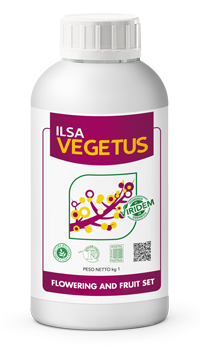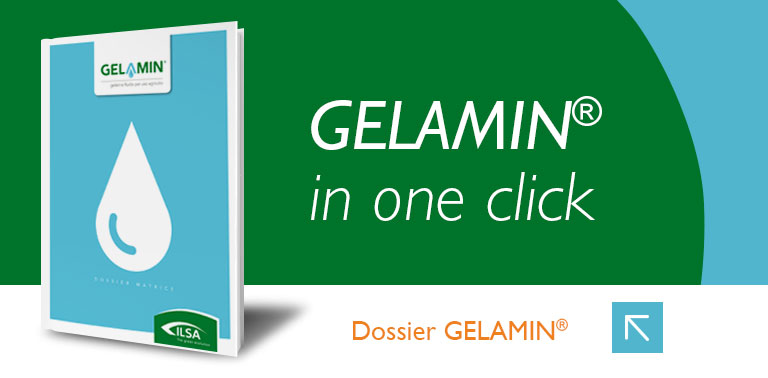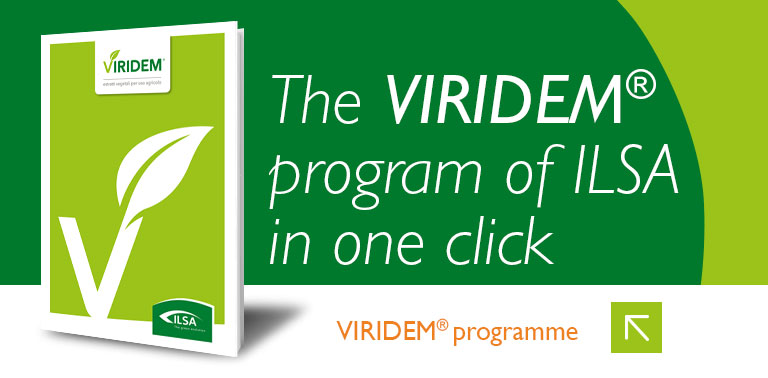PROMOTES FLOWERING AND FRUIT SET BIOSTIMULANT
Proper flowering is affected by genetic and environmental (temperature, photoperiod, soil state, biological balance withthe other plants) factors. Proper synchronisation between the production stages of leaves and flowers is fundamental. Infruit plants, as the current season’s fruits form and develop, the new vegetation grows and the next year’s flower buds“get ready”. Hence, the plant must distribute available nutrients among these different processes. The synchronisation betweenvegetative and reproductive boosts is linked to specific hormonal and enzymatic balances that have to provide sufficientenergy to support flowers and fruits.
ILSAVEGETUS improves the vegetative and productive activity of plants, regulating nutrient distribution and positivelystimulating all the stages up to early fruit development.
ILSAVEGETUS is a plant biostimulant based on an enzymatic hydrolysate of Fabaceae, where triacontanol, phenoliccompounds and other bioactive plant extracts have a positive action on plant primary metabolism.
It stimulates the activityof the enzymes regulating the main reactions in carbon and nitrogen metabolism, so promoting photosynthesis, floweringand fruit set even at times of stress. This enzymatic and hormonal regulation also allows plants to produce, withoutproblems, a greater number of fruits, thus limiting premature fruit fall and increasing final production.
ILSAVEGETUS is designed for the early development stages of fruit crops and fruit vegetable crops.
Chemical and physical features
- LIQUID BROWN COLOUR
- pH 5,5 ± 0,5
- DENSITY 1,15 ± 0,02 kg/dm3
- CONDUCTIVITY E.C. 1,70 ± 0,20 dS/m
COMPOSITION
- Total Aminoacids 5 %
- Free Aminoacids 1,5 %
- Natural Triacontanol (mg/kg) 6
Contains in particular
- ENZYMATIC HYDROLYSATE OF FABACEAE
Characterising substances
- PLANT-DERIVED TRIACONTANOL, PHENOLIC COMPOUNDS, BIOACTIVE PLANT EXTRACTS
ACTIONS OF THE CHARACTERISING SUBSTANCES
| REDUCTION OF PREMATURE FRUIT FALL | STIMULATION OF FLOWERING AND FRUIT SET | |
|---|---|---|
| PLANT-DERIVED TRIACONTANOL |

|

|
| PHENOLIC COMPOUNDS |

|
|
| PLANT EXTRACTS |

|

|
Doses and methods of use of the fertilizer
-
Citrus
-
All1,5-2,5 kg/ha2-3 applications every 7-12 days from the first flower buds
-
-
Fruit
-
Kiwi1,5-2,5 kg/ha2-4 applications every 10-15 days from 10-15 cm sprouts
-
Pomegranate1-2 kg/ha2-3 applications every 7-12 days from the first flower buds
-
-
GrapeVine
-
Wine Grape1,5-2,5 kg/ha2-4 applications every 10-15 days from 10-15 cm sprouts
-
-
Greens and Nurseries
-
Ornamental and Floral Crops0,15-0,3 kg/1000 m23-4 applications, every 10-15 days, from pre-flowering
-
-
Legumes and potatoes
-
Sweet Potato2-2,5 kg/ha3-4 applications, every 8-10 days, from post-transplanting
-
-
Olive Tree
-
All1,5-2 kg/ha2-4 applications every 10-15 days from early vegetative development
-
-
Pome fruits
-
Apple1,5-2,5 kg/ha2-4 applications every 10-15 days from 10-15 cm sprouts
-
Pear1,5-2,5 kg/ha2-4 applications every 10-15 days from 10-15 cm sprouts
-
-
Stone fruits
-
Apricot1,5-2,5 kg/ha2-3 applications every 7-12 days from the first flower buds
-
Cherry1,5-2,5 kg/ha2-3 applications every 7-12 days from the first flower buds
-
Nectarine1,5-2,5 kg/ha2-3 applications every 7-12 days from the first flower buds
-
Peach1,5-2,5 kg/ha2-3 applications every 7-12 days from the first flower buds
-
Plum1,5-2,5 kg/ha2-3 applications every 7-12 days from the first flower buds
-
-
Vegetables
-
Courgette1,5-2 kg/ha3-4 applications, every 8-10 days, from post-transplanting
-
Cucumber / Gherkin1,5-2 kg/ha3-4 applications, every 8-10 days, from post-transplanting
-
Eggplant2-2,5 kg/ha3-4 applications, every 8-10 days, from post-transplanting
-
Melon1,5-2 kg/ha3-4 applications, every 8-10 days, from post-transplanting
-
Pepper2-2,5 kg/ha3-4 applications, every 8-10 days, from post-transplanting
-
Tomato2-2,5 kg/ha3-4 applications, every 8-10 days, from post-transplanting
-
Watermelon1,5-2 kg/ha3-4 applications, every 8-10 days, from post-transplanting
-
The dose indicated in the table has been calculated by taking into account an irrigation volume of about 500-600 litres of water per application. The doses shown should be considered as merely indicative and may vary according to pedoclimatic conditions and average yields expected.













.png)
















